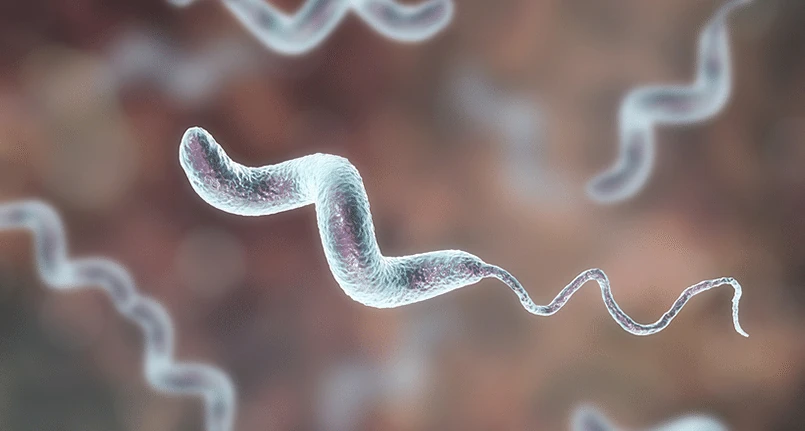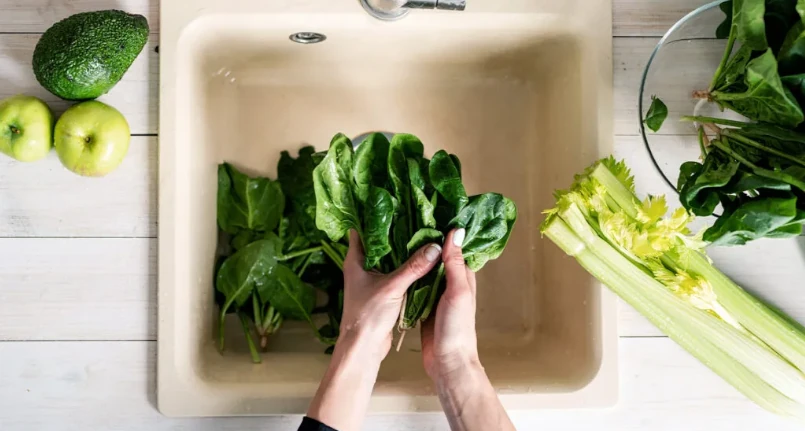Let’s address a much debated topic: the link between sugar and cancer , between myths and reality .
Have you ever heard that “sugar feeds cancer”?
It is one of the most widespread beliefs in the field of oncological nutrition , but in reality it is the result of an extreme simplification – and therefore misleading – of a concept of biochemistry combined with the results of some scientific studies that have been misrepresented in the passage of information from the scientific community to the world of mass media, where the sensation of the news and the search for the “click” on the title are often more important than explaining things well but with the risk of being less captivating.
In reality, sugar not only nourishes cancer cells , but nourishes all the cells of our body, because it physiologically represents their main energy source.
What emerges to date from scientific studies dedicated to the relationship between sugar consumption and the possible development of cancer is that an excess of sugar, and in particular an excess of foods that cause a rapid rise in blood sugar , can create an environment proinflammatory favorable for tumor development .
On the contrary, however, it is guaranteed that an adequate consumption of sugars balanced with the other nutrients , so as to maintain a low glycemic load of the diet, is not only harmless, but is beneficial both for those who are healthy and for those who are facing an illness oncology, in which it represents a fundamental support to counteract malnutrition and stay strong even during oncological therapies.
When we talk about nutrition for cancer prevention and above all about nutrition in the course of an oncological disease, we cannot afford to generalize and create further anxieties and worries by declaring that “sugar is bad” without specifying how much sugar, what type of sugar and in what context of consumption.
It is important to know the differences because the different types of sugars have different effects on our body .
For example, the unrefined complex sugars present in whole grains , legumes and vegetables represent our main source of energy and are essential for the health of our intestines , and in the same way the intrinsic sugars in fruit and vegetables are a constituent part of foods , as we have seen in the previous videos, have an important preventive role against cancer and therefore should never be lacking in our diet.
The sugars, on the other hand, which are not necessary for our health, and whose consumption we should moderate in all cases of excess, are:
- refined starches (found for example in white pasta , white bread and potatoes )
- free sugars ( protagonists
of 100% fruit and vegetable juices and fruit preserves) - added sugars ( represented not only by the sugar we put in home desserts and coffee, but also – and above all – by the sugar added in the vast majority of industrial foods, including the most unsuspected salty foods such as ready-made sauces for pasta, stock cubes and smoked fish )
These are the three types of sugars which, if consumed excessively, have the power to increase the glycemic load of the diet and the consequent peaks in insulin .
The insulin peaks due to the high glycemic load of the meal represent another of those food factors that take us away from understanding our real needs at the table, leading us to eat more than necessary. This happens because every insulin peak corresponds to a sharp drop in blood sugar which reactivates the feeling of hunger , even though in this circumstance the cells are already rich in the sugar just absorbed.
One of the reasons why it is important to limit the consumption of these types of sugars so that our diet can be preventive against cancer is therefore that the excess of these sugars leads to greater food consumption and the consequent risk of increasing adipose tissue up to the stages of overweight and obesity which, as we have seen previously, represent the main neoplastic risk factor of a food nature.
In addition to this influence on weight , the frequent blood spikes of insulin and related hormones seem to increase the risk of some types of cancer in a more direct way, by creating a proinflammatory environment conducive
What then can be a consumption of these “extra” sugars that allows us to indulge ourselves without giving up well-being and cancer prevention?
There is no need to have a radical exclusion approach towards them, an approach which indeed risks leading to excessive food selectivity and the creation of anxieties towards sweet foods which are judged as dangerous .
Instead, we could easily consume up to 20-25g of free or added sugar every day , an amount found for example in 4-5 teaspoons of sugar or honey , or in a glass of fruit juice or even in 4-8 biscuits. depending on the type. When these foods are placed in a healthy lifestyle context , we can really be sure that they don’t pose the slightest danger to our health.
Among free and added sugars, there are no better choices than others in terms of influence on weight and insulin : fructose and honey are comparable to classic table sugar, and even raw cane sugar is no better than white sugar . I therefore advise not to unnecessarily impose more constraints on ourselves than necessary: since the adequate quantities of sugars are small, we might as well take them in the form we like best.




